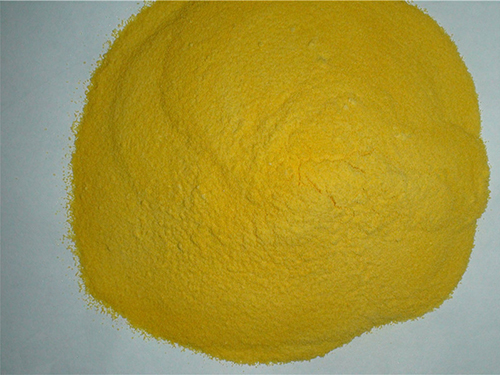flocculant vs coagulant
Flocculants vs. Coagulants Understanding the Differences
In the realm of water treatment and clarification processes, the terms flocculants and coagulants often arise. While they are sometimes used interchangeably, they refer to distinct processes and chemicals that play crucial roles in removing impurities from water. Understanding the differences between flocculants and coagulants is essential for optimizing water treatment practices and achieving desirable results in different applications.
What Are Coagulants?
Coagulants are chemical agents that promote the aggregation of particles suspended in water. When added to water, they cause small particulates—such as dirt, bacteria, and other contaminants—to clump together, forming larger aggregates known as “flocs.” Common coagulants include aluminum sulfate (alum), ferric chloride, and polyaluminum chloride. Coagulation is typically the first step in the water treatment process, aimed at destabilizing colloidal particles that do not settle easily.
The coagulation process involves several key steps. Initially, coagulants are mixed into the water, where they neutralize the negative charges that keep particles apart. This neutralization allows particles to collide and bond together, forming larger aggregates. Factors such as pH, temperature, and the nature of the water greatly influence the coagulation process. Proper dosing and mixing are crucial to ensure efficient coagulation, as insufficient coagulant can lead to incomplete particle aggregation, while excessive use can lead to residual chemicals, which may require additional treatment.
What Are Flocculants?
Flocculants, on the other hand, are substances that enhance the aggregation process that coagulants initiate. While coagulants aggregate particles to form flocs, flocculants help these aggregates grow larger and settle more quickly. Flocculants usually come in the form of long-chain polymers, which can be anionic, cationic, or non-ionic, depending on their charge and the characteristics of the water being treated.
flocculant vs coagulant

The function of flocculants is to bridge the gaps between smaller flocs, promoting their growth into larger, denser aggregates that can be easily removed from the water. The flocculation process generally follows coagulation and is essential for optimizing sedimentation in water treatment systems. Flocculation might involve gentle mixing or stirring to encourage the formation of larger flocs without breaking them apart.
Key Differences
The primary distinction between coagulants and flocculants lies in their mechanisms and applications. Coagulants are used to destabilize particles in water, whereas flocculants are employed to aid the aggregation of already destabilized particles, enhancing settling and removing suspended solids. Thus, coagulants are generally applied first in the treatment process, with flocculants following closely thereafter.
Another key difference is their chemical nature. Coagulants tend to consist of inorganic salts or simple organic compounds, while flocculants are predominantly organic polymers. This difference influences their dosages, application methods, and effectiveness based on the characteristics of the water being treated.
Conclusion
In summary, understanding the differences between flocculants and coagulants is vital for effective water treatment. Coagulants initiate the aggregation of particles by neutralizing their charges, while flocculants help to increase the size and settleability of these aggregates. Employing both in a systematic fashion can lead to improved water clarity and quality, making them indispensable tools in water treatment processes. Properly selecting and dosing these chemicals based on specific water characteristics ensures optimal performance, thereby contributing to cleaner, safer water for various uses.
-
Understanding Polycarboxylic Acids: Properties, Applications, and Future PotentialNewsJul.28,2025
-
Scale Inhibitor Explained: How to Protect Your System from Limescale and Hard Water DamageNewsJul.28,2025
-
Scale and Corrosion Inhibitors: Essential Chemicals for Industrial Water System ProtectionNewsJul.28,2025
-
Polyaspartic Acid: A Biodegradable Polymer for Sustainable ChemistryNewsJul.28,2025
-
Isothiazolinones: A Versatile Antimicrobial Class with Industrial Power and Regulatory ChallengesNewsJul.28,2025
-
A Deep Dive into 2-Phosphonobutane-1,2,4-Tricarboxylic Acid (PBTC)NewsJul.28,2025





